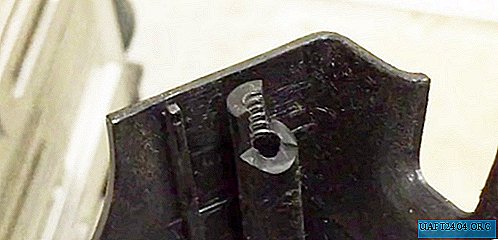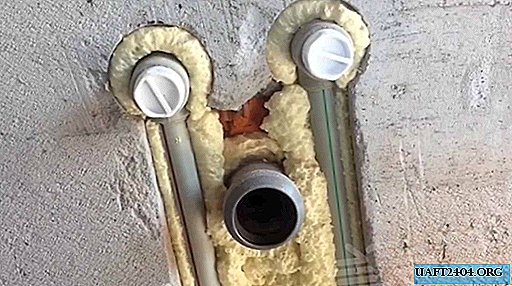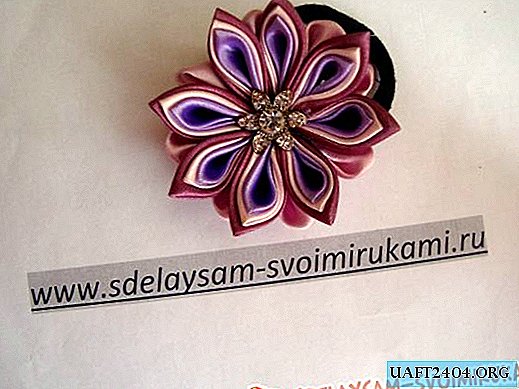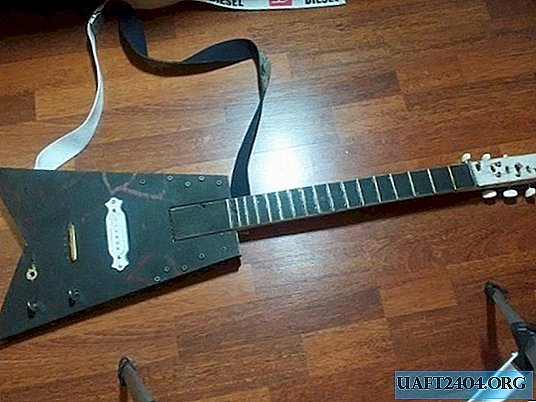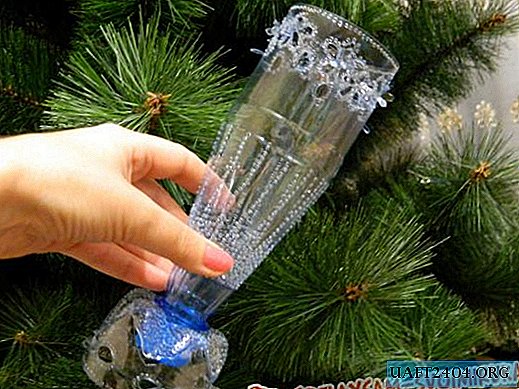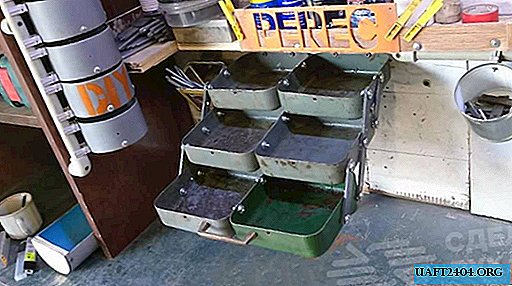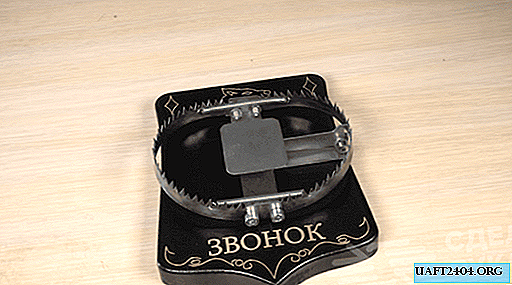Share
Pin
Tweet
Send
Share
Send
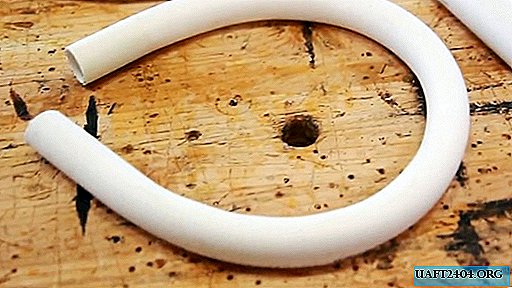
For turning or bending the axis of the pipeline, a certain type of fittings is usually used - angles with a standard angle of rotation of 30, 45 and 90 degrees. But they may not always be at hand, and they are expensive (50-75% of the total costs).
Sometimes, to ensure the required angle of rotation, several fittings are necessary, which complicates installation, complicates the design and, most importantly, the reliability of the pipeline decreases due to an increase in joints.

In such cases, a way out of the situation may be to bend the plastic pipe itself to the required angle. However, for this you need to know how to do it correctly so that the bend is extremely reliable and tight.
Bending Construction Hair Dryer
In order to bend the pipe with a building hair dryer, you need to have some experience in such a business. This method requires strict observance of the heating temperature of the bent section. It should be at least 140 degrees Celsius and not more than 170 degrees Celsius.
If the temperature regime is less than the lower threshold, it is difficult to provide the necessary radius of rotation, and possible loss of shape and flattening of the product. To avoid such defects, finely dispersed filler should be poured into the pipe before heating: ordinary sand or table salt.

When the pipe overheats, the polymer begins to melt, and it becomes unsuitable for further use. It is experience that allows you to "feel" the temperature and keep it in the range from 140 to 170 degrees Celsius.
Heated sand bend
Since a building hair dryer is a special type of tool that is usually used by professional craftsmen, not every owner may have it available.
In its absence, you can use the alternative version, which ensures the bending of the plastic pipe to the desired angle, without using this thermal device. For this method, it is also necessary to stock up on sand or salt. The finely divided filler is heated on a baking sheet or simply in a metal bucket on an electric or gas stove to a temperature slightly above 140 degrees Celsius.

Then, the calcined filler is poured through the funnel into the pipe, while the lower end of the pipe is sealed with tape or closed with a cork.


The same must be done with the upper end after the backfill.

After holding for several minutes, the pipe material softens and bends easily without changing its cross section.



If after that, fix it in the desired position and maintain until the filler cools completely, then the product will be fixed in the position that was originally given to it. All that remains is to remove the adhesive tape or plug and pour the cooled sand or salt from the bent pipe.

This method, unlike thermal heating with a building hair dryer, does not require constant temperature control: it is set by the initial heating of sand or salt and then only slowly decreases. This mode most of all ensures the quality and reliability of bending.

Bending plastic pipes using a heated finely divided composition has unlimited possibilities: a polymer product can be bent to any angle, given the desired shape not only in one plane, but also perform three-dimensional (three-dimensional) bending, for example, in the form of a spiral.
Share
Pin
Tweet
Send
Share
Send

